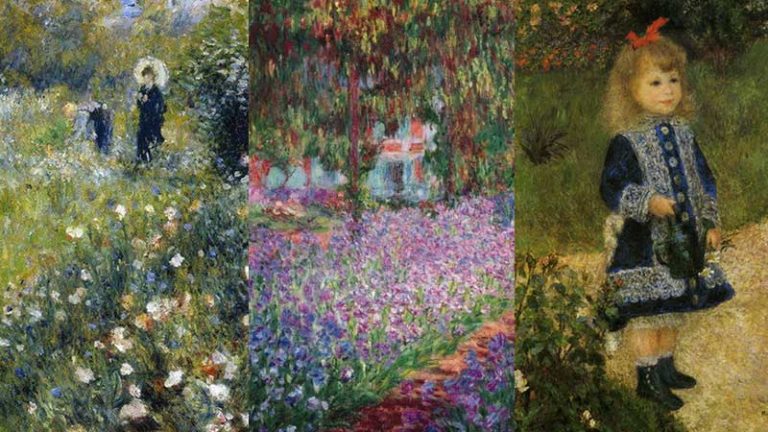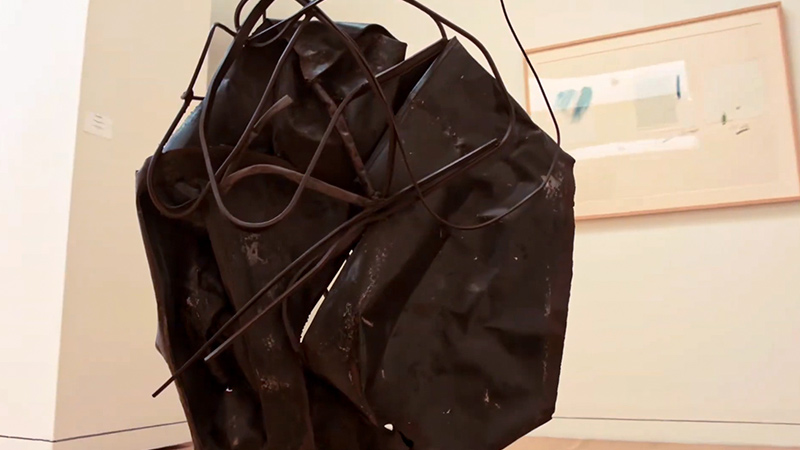
John Chamberlain’s art embodies a unique fusion of innovation and tradition, making him a pivotal figure in American sculpture.
Renowned for his striking sculptures crafted from crushed automobile parts, Chamberlain transformed the industrial aesthetic of the postwar era into dynamic three-dimensional forms.
His work not only redefined the boundaries of sculpture but also bridged the gap between Abstract Expressionism and Minimalism, showcasing a mastery of color and texture that continues to resonate with audiences today.
Over six decades, Chamberlain explored a diverse range of materials, including foam, resin, and aluminum foil, pushing the limits of artistic expression.
His creations invite viewers to experience movement and emotion in unexpected ways, reflecting the complex interplay of color and form.
This article delves into the important art of John Chamberlain, highlighting the significance of his contributions to contemporary art and the lasting impact of his innovative approach.
1. Cord (1957)
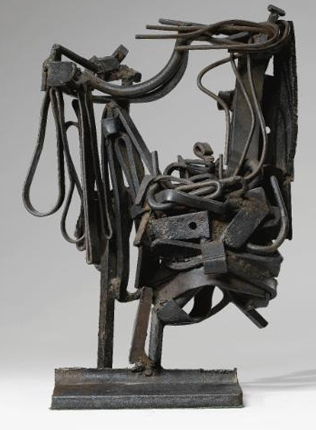
Source: mutualart.com
“Cord” represents a pivotal moment in John Chamberlain’s artistic evolution. The sculpture captures a dynamic interplay of crushed metal, showcasing the artist’s signature style. By utilizing parts from automobiles, he creates a sense of movement and energy.
This particular piece stands out due to its vibrant colors and intricate textures. “Cord” emphasizes Chamberlain’s innovative approach, merging industrial materials with artistic expression.
This artwork exemplifies how he challenges traditional notions of sculpture, contributing to a new understanding of form and space in art.
2. Shortstop (1957)
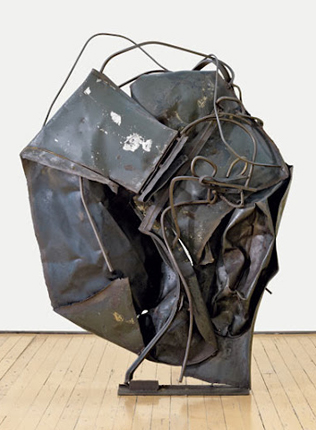
Source: web.guggenheim.org
“Shortstop” exemplifies John Chamberlain’s innovative sculptural approach. This piece features a dynamic composition of crushed and twisted metal, reflecting his signature style.
Crafted in 1957, it highlights his fascination with automobile parts and industrial materials. The vibrant colors and the dramatic form evoke a sense of movement, capturing the viewer’s attention.
Chamberlain’s ability to transform mundane materials into compelling art makes “Shortstop” significant. The sculpture explores the themes of abstraction and environment, merging traditional and contemporary techniques.
Its impactful presence challenges the conventions of sculpture, reinforcing Chamberlain’s role as a pioneer in the art world.
3. Zaar (1959)
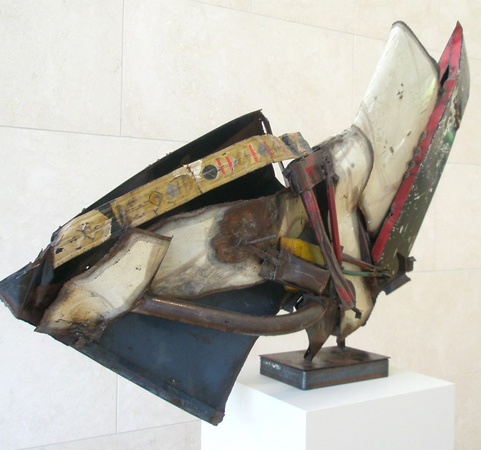
Source: flickr.com
“Zaar” emerges as a remarkable example of John Chamberlain’s sculptural prowess. This piece showcases his signature technique of transforming crushed metal into dynamic forms. The vibrant colors interact with light, creating an engaging visual experience.
Chamberlain’s choice of materials speaks volumes about his artistic philosophy, as he embraced the discarded remnants of automobiles. It features twisted and contorted elements that capture movement, making the sculpture feel alive.
Critics appreciate “Zaar” for its unique ability to blend abstraction with an industrial aesthetic. This work not only reflects Chamberlain’s innovation but also deepens his exploration of form and texture in contemporary art.
4. Miss Lucy Pink (1962)
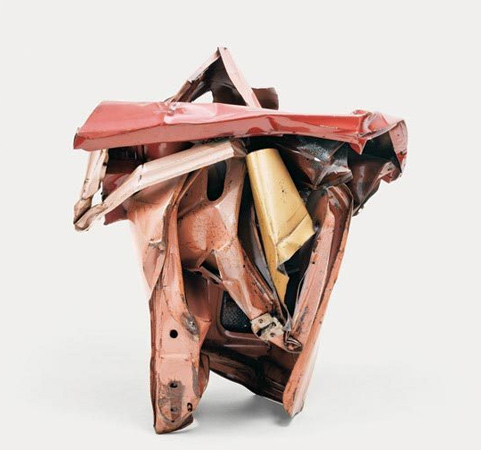
Source: tumblr.com
“Miss Lucy Pink” stands out as a notable work by John Chamberlain, created in 1962. This sculpture showcases his distinctive technique of using crushed automobile parts to create dynamic forms.
Vibrant in color, the piece communicates an engaging energy, characteristic of Chamberlain’s innovative style.
Surprisingly, “Miss Lucy Pink” embodies both abstraction and a playful aesthetic. It features twisting metal elements that create a sense of movement, captivating viewers with its complexity.
Critics often cite this artwork as a compelling example of Chamberlain’s mastery of merging industrial materials with expressive art.
The sculpture reflects his enduring influence in contemporary art, solidifying his reputation as a visionary artist.
5. Untitled (1967)
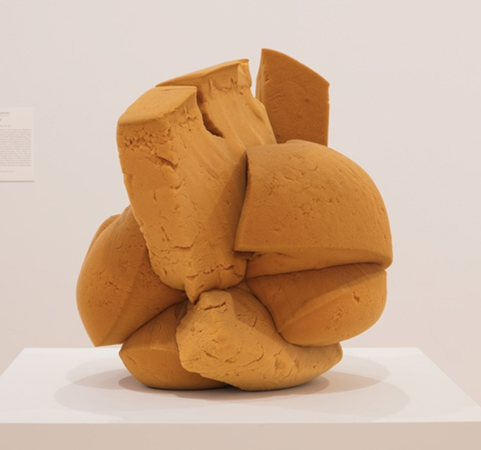
Source: artic.edu
“Untitled” (1967) stands out as a striking example of John Chamberlain’s innovative approach. This sculpture features an engaging arrangement of twisted metal that captures the essence of movement and chaos.
Unique colors blend seamlessly, enhancing the overall visual experience and inviting viewers to explore its layers.
Critics often point out how the piece reflects Chamberlain’s masterful ability to repurpose materials. By transforming industrial remnants into art, he creates a dialogue between form and abstraction.
This work embodies his commitment to pushing the boundaries of sculpture, making it a significant contribution to contemporary art.
6. Norma Jean Rising (1967)
“Norma Jean Rising” stands out as one of John Chamberlain’s most iconic sculptures. This piece features an array of warped and twisted automobile parts that effectively capture the essence of resilience and dynamism.
With bold colors intermingling throughout, it imbues the work with a sense of emotion and movement.
Chamberlain employs his signature technique of manipulating industrial materials, transforming them into a compelling form that resonates with viewers.
The work pays homage to Marilyn Monroe, reflecting both strength and vulnerability. Critics appreciate how “Norma Jean Rising” bridges personal narrative with abstraction, exemplifying Chamberlain’s unique artistic vision.
It’s a striking example of his ability to fuse the industrial with the poetic in contemporary art.
7. Luftschloss (1979)
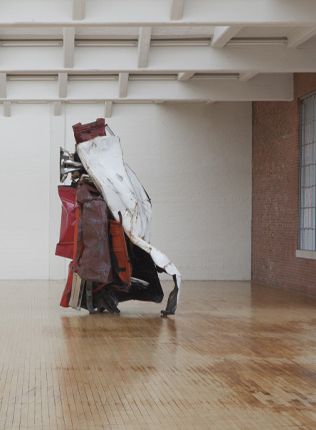
Source: diaart.org
“Luftschloss” demonstrates John Chamberlain’s continued exploration of form and material in the late 1970s.
This intriguing sculpture features a harmonious blend of crushed metal pieces, showcasing Chamberlain’s signature approach to the use of industrial materials.
The dynamic arrangement creates an illusion of floating, capturing the essence of its name, which translates to “air castle” in German.
Colors play a vital role in “Luftschloss,” with vibrant hues intermingling to enhance the sense of depth. Critics praise the work for its ability to evoke emotion through abstraction while maintaining a sense of playful elegance.
With this piece, Chamberlain further cements his stature in contemporary art, merging structure and fluidity within a single captivating form.
8. Gondola Charles Olson (1982)
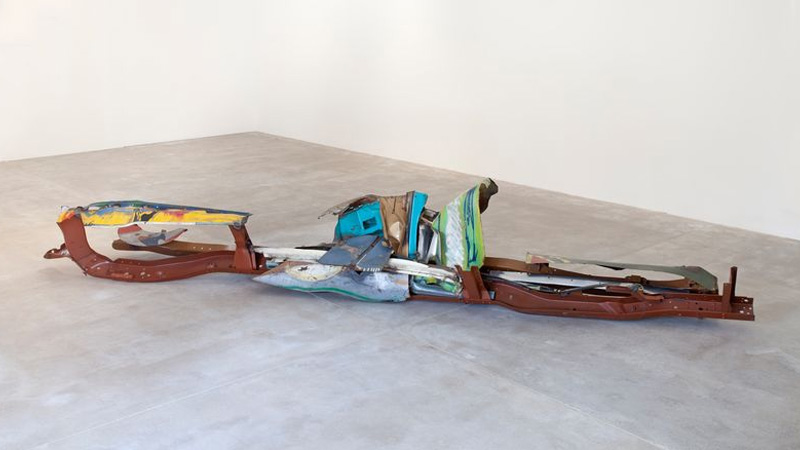
Source: hauserwirth.com
“Gondola Charles Olson” stands as a captivating example of John Chamberlain’s artistic vision. This sculpture features a striking composition of crushed and twisted metal that embodies both chaos and elegance.
Viewed from different angles, the dynamic shapes invite the viewer to experience movement and interplay among the metallic components.
Colors play a significant role in this piece, with vibrant hues that create a lively energy. Critics often highlight how Chamberlain’s innovative approach to materials transforms industrial remnants into compelling art.
Through “Gondola Charles Olson,” Chamberlain continues to explore the boundaries of form, successfully merging abstraction with a rich emotional resonance.
9. Seagram Building Installation (2012)
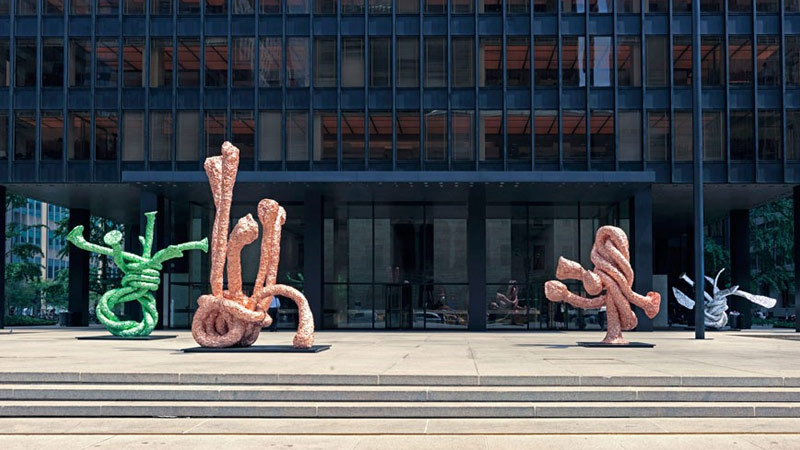
Source: gagosian.com
Chamberlain’s installation at the Seagram Building featured large-scale sculptures crafted from colored industrial aluminum. These dynamic forms soared to heights of up to fifteen feet, illustrating a blend of rigidity and movement.
Visually, the highly textured aluminum surfaces caught the light, creating a sheen reminiscent of ocean life, drawing connections to Chamberlain’s affinity for the sea.
Critics found the installation delightful and playful, reflecting the spirit of the artist who rose from humble beginnings in Indiana. Observers noted similarities to sea anemones, adding an organic quality to the large structures.
At the intersection of architecture and art, this installation encapsulated Chamberlain’s unique flair and his impactful presence in contemporary art.






